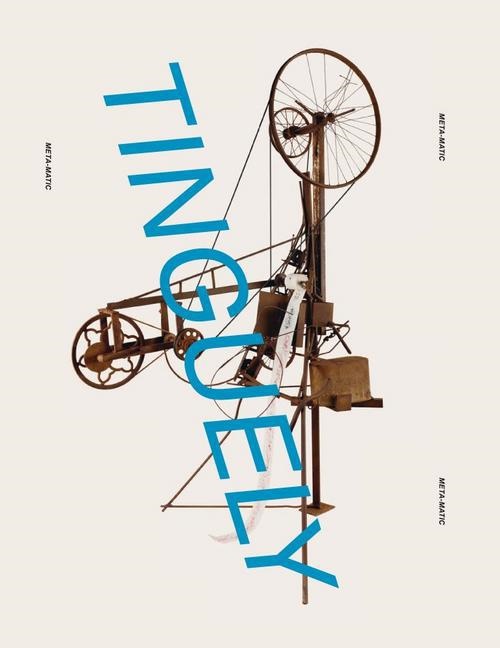Read more
Associated with the Nouveaux Réalistes and Zero, Swiss painter and sculptor Jean Tinguely (1925-91) is best known for his whirring, jangling meta-mechanic sculptures, which take up Dada's mantle in their use of discarded materials and their wit, humor and irony. But this perception of Tinguely as merely a playful kinetic sculptor neglects the more topical, critical, theoretical and interdisciplinary aspects of Tinguely's work. An extensive monograph on this chronically underpublished artist, Jean Tinguely: Retrospective is the first publication to explore the artist's work from this perspective.
Tinguely's machines are built to malfunction or self-destruct, expressing a pessimistic view of human existence and death--and yet they are infectiously cheerful. His meta-mechanics suggest a hobbyist's enthusiasm for technology, but made out of junk, they also suggest the artist's skepticism regarding technological advance. Tinguely loved art history, and yet he launched savage attacks on the museum with pieces that are now seminal works of institutional critique.
With contributions from Kaira Cabañas, Hans-Christian von Herrmann, Dominik Müller, Johan Pas, Margriet Schavemaker, Barbara Til and Beat Wismer, this volume presents Tinguely as an artist whose work sustained contradictions and courted ambiguity.
Summary
In contrast to the canonic Tinguely discourse, that largely concentrates on the playful, kinetic aspects of his machines, this study will be the first-ever to scrutinize the more topical, theoretical, interdisciplinary and critical aspects of his work. Renowned authors on the subject of 1960s art will discuss the ambiguous nature of Tinguely’s work. They will, for instance, examine the infectious cheerfulness of the machines that connects with a darker, more ambivalent view of human existence and death; the predisposition towards – and rejection of – technological advances; Tinguely’s utopian yet simultaneously dystopian vision of society; his love of art history and the museum paired with anti-institutional critique and, of course, his paradoxical relationship to materiality/production and destruction. The publication ends with a panel discussion of the meaning of Tinguely for visual art and the museum in the 21st century.

